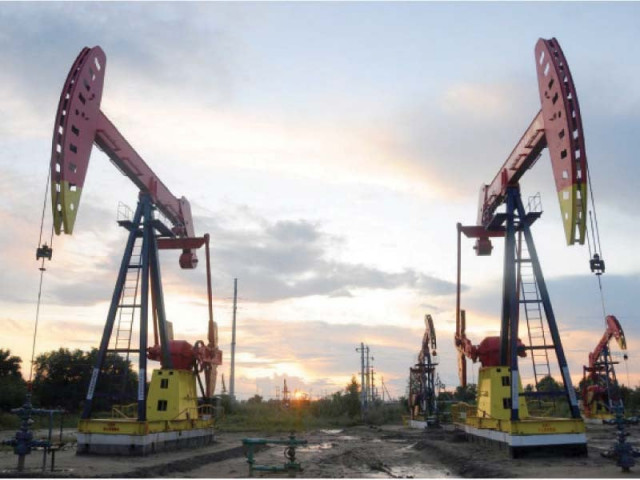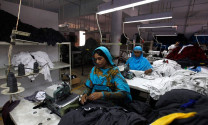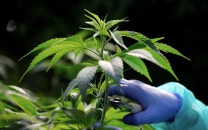Diesel sales soar to 4-year high
Rise in fuel demand signals sharp recovery in economic activities

Sales of high-speed diesel (HSD) hit an almost four-year high at 0.84 million tons in October, indicating a sharp recovery in economic activities, particularly in industrial and agriculture sectors of Pakistan.
“Sales of diesel in October were the highest after March 2018,” Arif Habib Limited Head of Research Tahir Abbas said while talking to The Express Tribune.
Industrial and agriculture sectors are the two major consumers of diesel in the country. Trucks also utilise a high quantity of diesel as they transport imported raw material from seaports in Karachi to factories around the country and move export cargo from factories to ports.
Earlier, the large-scale manufacturing sector, particularly construction (cement and steel), fertiliser, automobile, textile and food group sub-sectors continued to report a significant increase in production over the past several months.
Similarly, the agriculture sector is reporting a record production of major crops including wheat, sugarcane, maize, rice and cotton.
“Cotton production, which had been on the decline for the past several years, has finally rebounded in current fiscal year 2021-22,” he said.
Pakistan achieved economic growth of 4% in the previous fiscal year, ie 2020-21. The country is expected to achieve a growth rate of close to 5% in the current fiscal year, according to the central bank.
Sales of diesel increased 25% to 0.84 million tons in October compared to 0.67 million tons in the same month of last year, according to the research house.
Abbas said that benefits of economic activities had trickled down to the common man in such a way that a section of people was buying cars. “This practice is particularly seen in rural areas where farmers buy cars and bikes from their earnings through the sale of crops.”
Sales of petrol, which was primarily used in cars, increased 12% to 0.77 million tons in October compared to 0.69 million tons in the same month of last year.
“Car sales have remained robust for over one year now as they surged 45%,” he said. Similarly, sales of furnace oil, which was primarily used to produce electricity, rose 12% to 0.33 million tons in October compared to 0.29 million tons in the same month of last year.
The analyst said that the government allowed production of electricity through furnace oil after the price of coal skyrocketed in the international market and production from hydel sources declined in the country. “Power consumption has grown 7% in recent times,” he said.
The government also allowed the use of furnace oil to produce power after both liquefied natural gas (LNG) import terminals were closed for the past few days for repair and maintenance, he pointed out.
Sales of all refined petroleum products including petrol, diesel and furnace oil grew 17% to 1.99 million tons in October compared to 1.7 million tons in the same month of last year.
Cumulative sales of petroleum products surged 22% to 7.85 million tons in first four months (July-October) of the ongoing fiscal year compared to 6.44 million tons in the same period of last year.
He said the growth in volumetric sale of petroleum products suggests that the notable increase price in petroleum products in the country has not impacted sales so far. However, “full impact of the surge in price is yet to be seen since the government increased the petroleum product prices last time in the middle of the month (October) under review,” he said.
Published in The Express Tribune, November 3rd, 2021.
Like Business on Facebook, follow @TribuneBiz on Twitter to stay informed and join in the conversation.









1733130350-0/Untitled-design-(76)1733130350-0-208x130.webp)









COMMENTS
Comments are moderated and generally will be posted if they are on-topic and not abusive.
For more information, please see our Comments FAQ